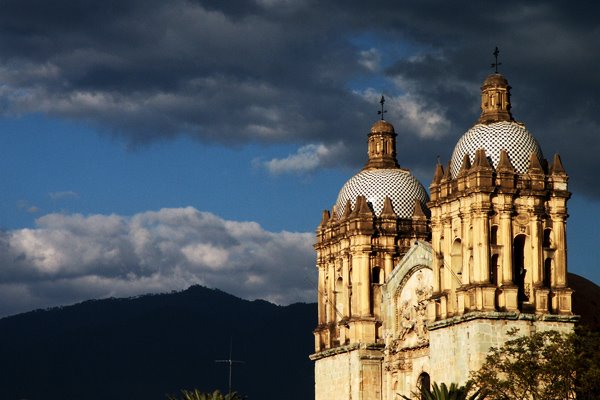A very interesting read from
The Conversation
Mexico has a long seismic history, so any given earthquake here does
not necessarily come as a surprise. In the pre-Hispanic epoch,
inhabitants of the country’s central zone reported on earthquakes in
their “códices,” or indigenous records, attributing the shaking to the wrath of their gods.
But the quake that convulsed the southeastern states of Oaxaca and Chiapas on Sept. 7, 2017, was a shock nonetheless.
First, there was its magnitude: at 8.2, it ties as Mexico’s strongest earthquake since the invention of modern seismic-measurement tools, surpassing even the great Mexico City quake of Sept. 19, 1985, which registered 8.1. This recent quake killed nearly 100 people, most of them in Oaxaca, and the death toll is rising as locals continue to dig out from the rubble.
Beyond the devastation,
it was the earthquake’s location that took scientists by surprise.
Until last week, seismologists believed that its epicentral area – near
the old Zapotec city of Juchitán, Oaxaca, in Mexico’s poor southeastern
region – was an “aseismic gap.” In other words, we thought this zone,
the Tehuantepec gap, was unlikely to cause an earthquake.


No comments:
Post a Comment